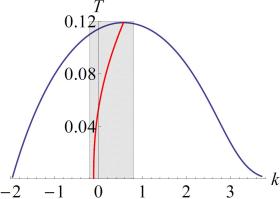
Caleb Meier is a postdoctoral researcher in mathematics at the University of California, San Diego.
In the n+1 formalism of general relativity, the (n+1)-dimensional space-time is decomposed into n-dimensional space-like slices that are parametrized by a time function. This is the basis for formulating Einstein’s equation as an initial value problem. In an effort to understand which space-times are constructible, an important question is, “What is the admissible class of initial data for this problem?” This question is addressed by analyzing the so-called Einstein constraint equations, which are an undetermined system of equations to be solved for a metric and an extrinsic curvature tensor.
Continue reading




You must be logged in to post a comment.